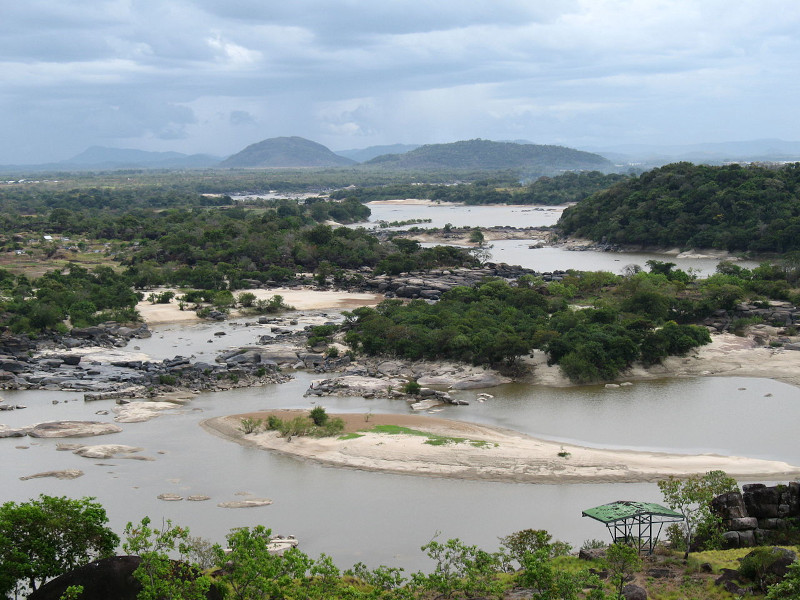
Orinoco River Facts
- The deceptively simple term of Orinoco River serves as the name of this meandering masterpiece of natural geological formation. It’s also the english language derivative of the Spanish term for it. That, though, is the very similar name of Río Orinoco.
- Even that moniker, however, derives from an even earlier, far more ancient title for the body of water. That’s because the local Indigenous Peoples, the Warao, long knew of and utilized the river. In their language, its title literally meant a place to paddle.
- The first known sighting of the watercourse by outsiders, though, occurred on August 1, 1498. At that time, the European explorer, Christopher Columbus spotted its mouth. Fortuitously for Europeans, that event took place during his third voyage of discovery.
- The Orinoco River stands out for many reasons. It remains one of the longest rivers on the continent it formed on. In terms of discharge volume, it additionally ranks as the fourth largest on the planet. It also serves as a main transportation system.
- The majestic flow of water also held a certain mystery well into modern times. That’s due to the incredible fact that its source remained unknown until 1951. At that time, a joint French-Venezuelan expedition discovered and explored the location of its origins.
Related Articles
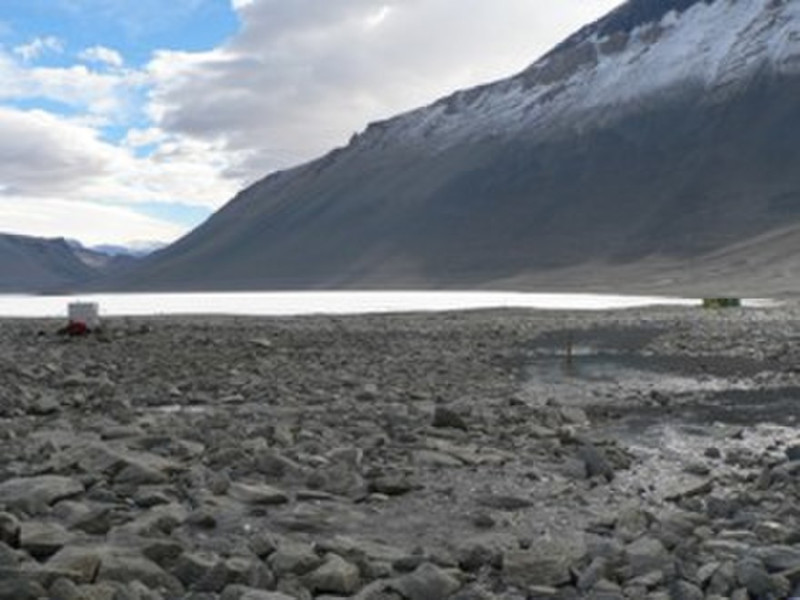
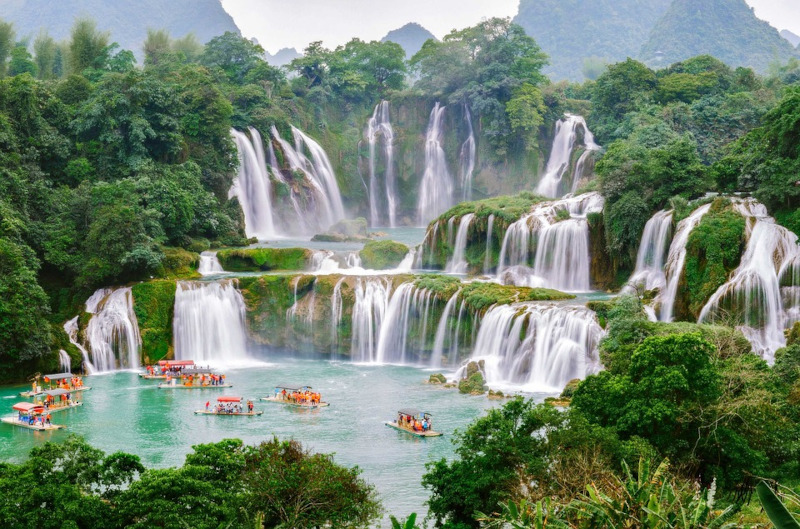
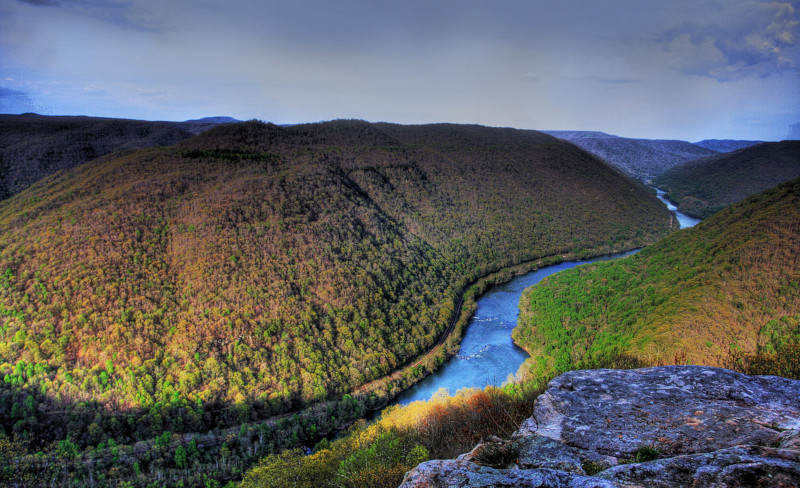
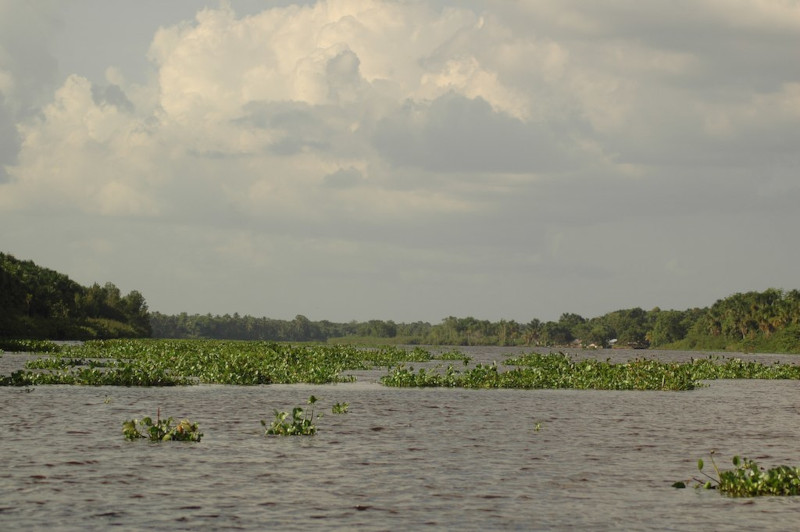
Orinoco River Physical Description
The outstanding Orinoco River immediately intrigues those individuals fortunate enough to view this marvel of Nature. The site does so for its sheer beauty, of course. Yet, the fabulous formation also garners much appreciation due to its other fascinating attributes.
Its course itself forms a wide, arcing ellipsoid shape. This surrounds the large structure known as the Guiana Shield, a tectonic plate formation. It’s also roughly divided into four sections of uneven lengths. That’s due to both the nature of the landscape and convention.
The first of these sections holds the name of the Upper Orinico. It’s the second shortest part, at 178 mi (286 km) in length. Next comes the Middle Orinoco, at 500 mi (805 km) long. Third is the Lower Orinoco, at 596 mi (959 km), then Delta Amacuro, at 120 mi (200 km).
Combined, these individual components of the Orinoco River provide it with a prodigious length. Due to their union, the river stretches for a remarkable 1,400 mi (2,250 km). Much of its course, however, winds back and forth across the surrounding landscape of the region.
Yet it’s not very deep. It only has a maximum known depth of around 330 ft (100 m). Despite this, though, it manages its impressive discharge rate. This averages 1,333,000 cubic feet (37,740 cubic meters) per second! Its maximum rate exceeds this by almost 50%.
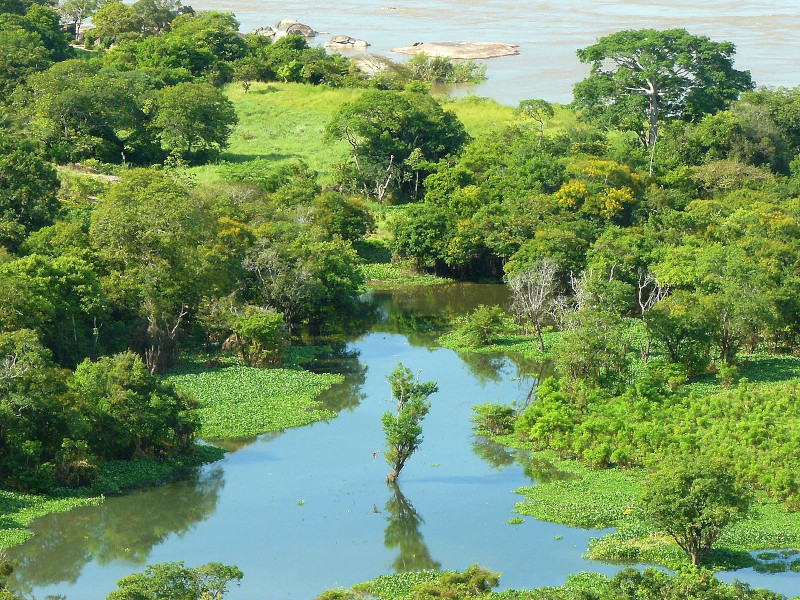
Orinoco River Location, Formation, and Ecology
The mind-boggling beauty known as the Orinoco River formed in a part of the world already renowned for its abundance of natural beauty. That general location won’t surprise many people, however. That’s because this marvel sits on the continent of South America.
Its location places it in the immediate northerly portion of that continent. There, the majority of its length lies within the boundaries of the country of Venezuela. The remainder of its expanse falls inside the national confines of the sovereign state of Colombia.
This astounding creation of natural forces begins at the southern end of the Parima Mountains, in Venezuela. Its headwaters originate near Mount Delgado Chalbaud. From its humble beginnings, it flows west-northwest, departing the mountains from which it sprang.
As it flows, the wondrous river increases vastly in volume due to the influx of waters from multiple tributaries from the surrounding mountains. Many of these themselves form from the prodigious rainfall prevalent to the region. A few, though, arise from natural springs.
The beautiful Orinoco River plays a pivotal role in the ecology of the region. Its waters serve as home to an abundance of wildlife. Mammals such as river dolphins and the giant otter thrive in its depths. One of the rarest reptiles on earth, the Orinoco crocodile, does too.
Understandably, a huge number of fish species also flourish within its confines. Over 1,000 known species do so, in fact. Roughly 15% of these appear nowhere else on the planet. That even includes such unfairly notorious animals as the Pacu, a cousin of the piranha.
Features Sharing Its Region
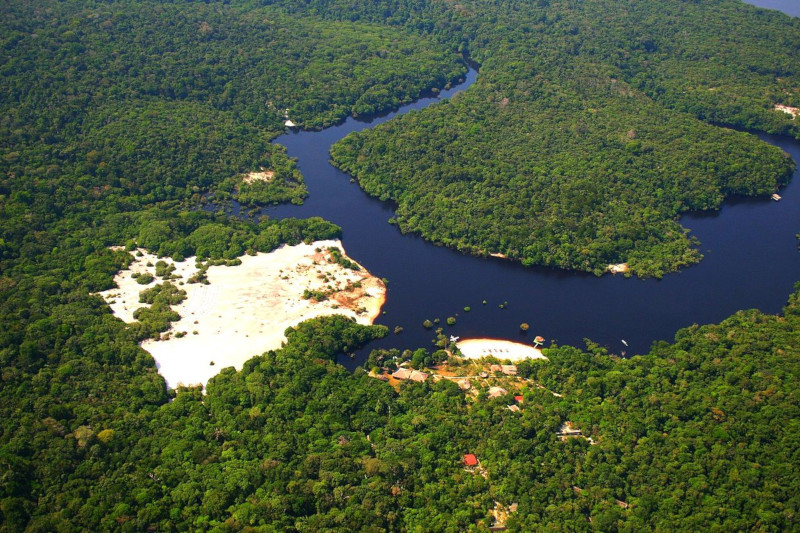
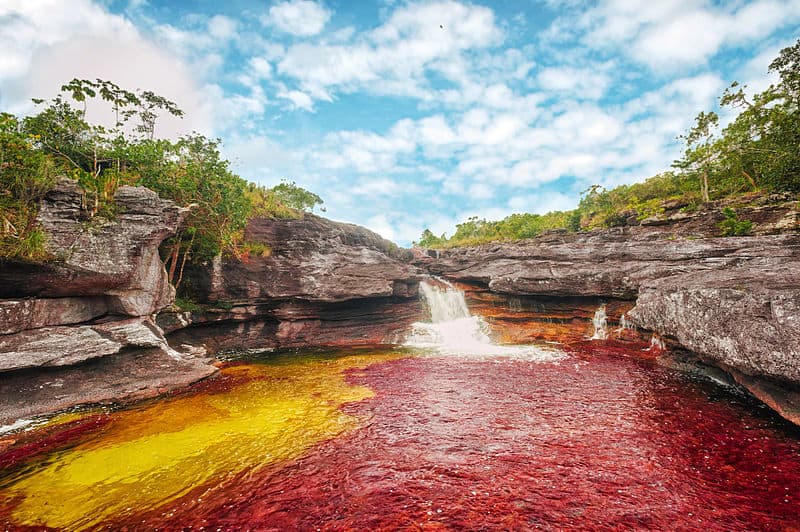
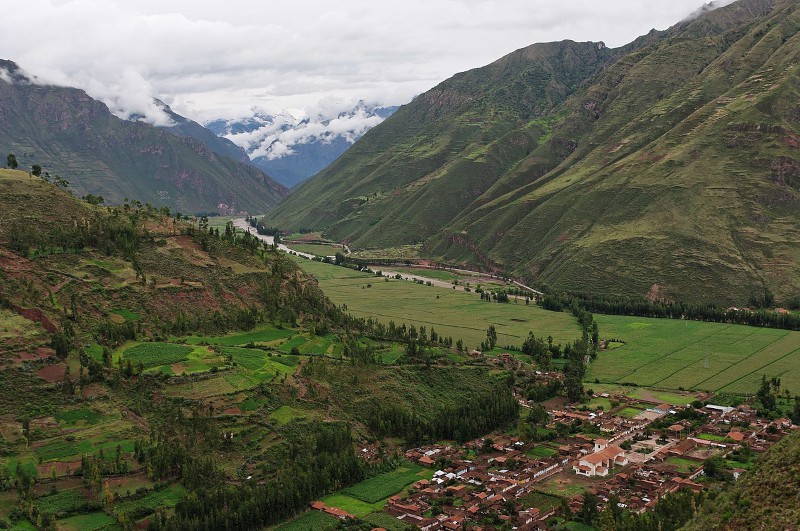
Check out our other articles on 7 Magnificent West Coast Marvels, Striped Skunk, Okefenokee Swamp, Southern Plains Bumblebee, Appalachian Avens, Great Potoo, Mangrove Monitor









Leave a Reply